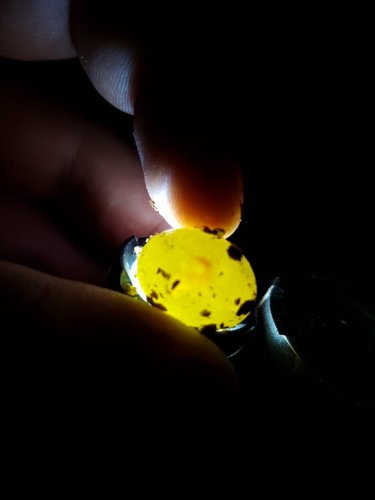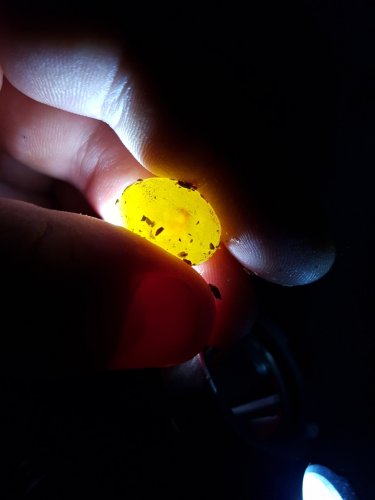Joseph 1233
Member
I have a chameleon who has laid eggs that are about 2 months old and still in perfect shape but I'm still not sure they are fertile as I can't see veins yet when I candle them I was wondering if I let my chameleons mate when she is gravid next time wich should be right before she lays again if she does will the eggs have higher chance of being fertile or does the egg need to be fertilized earlier in production .



